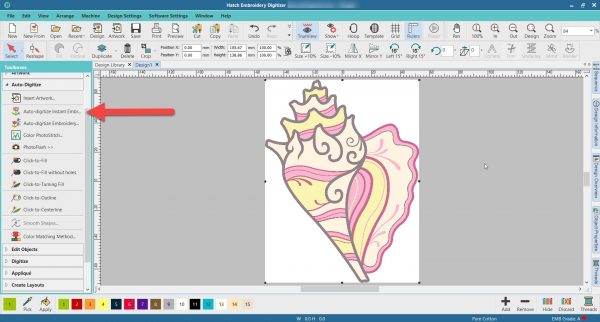Understanding Your Costs
When it comes to pricing your embroidery work, it’s important to start by understanding your costs. This means taking into account the cost of materials, including thread, fabric, stabilizers, and any other supplies needed for the project. You should also factor in the cost of your embroidery machine, as well as any other equipment or software you use for your business.
Once you’ve calculated your costs, you can start thinking about your pricing strategy. Some embroiderers choose to mark up their costs by a certain percentage, while others prefer to charge a flat rate based on the size and complexity of the project. Ultimately, the goal is to find a pricing strategy that allows you to cover your costs and make a profit.

Researching Your Market
Another important factor to consider when pricing your embroidery work is your market. It’s a good idea to do some research on other embroiderers in your area and online to get a sense of what they’re charging for similar work. You should also think about your target audience and what they’re willing to pay for custom embroidery.
One way to stand out from the competition is by offering unique or specialized services, such as embroidery on unusual materials or custom digitizing. By offering something that others don’t, you can justify charging a higher price for your work.
Factoring in Your Time
One of the biggest challenges when pricing your embroidery work is figuring out how much to charge for your time. While it’s tempting to set a low hourly rate in order to stay competitive, it’s important to remember that your time and expertise are valuable.
To determine a fair hourly rate, you should consider how long it takes you to complete a project, as well as any time spent communicating with clients, sourcing materials, and other related tasks. You can then use this information to calculate your total labor cost and factor it into your pricing strategy.
Communicating Your Value
Finally, it’s important to communicate the value of your work to potential clients. This means highlighting your expertise and the quality of your materials and craftsmanship. You should also be transparent about your pricing strategy, so clients understand how you arrived at your pricing and what they’re paying for.
By following these tips, you can develop a pricing strategy that reflects the value of your work and allows you to grow your embroidery business.
